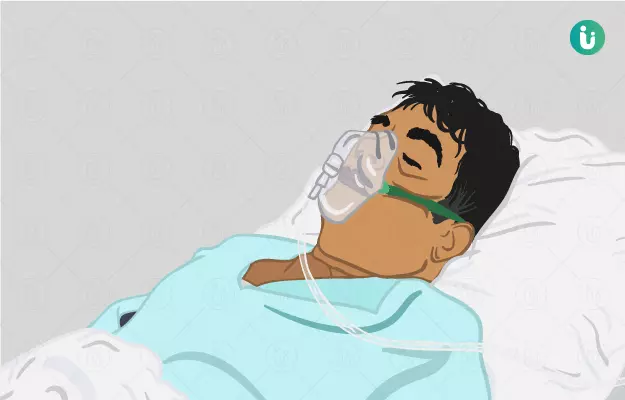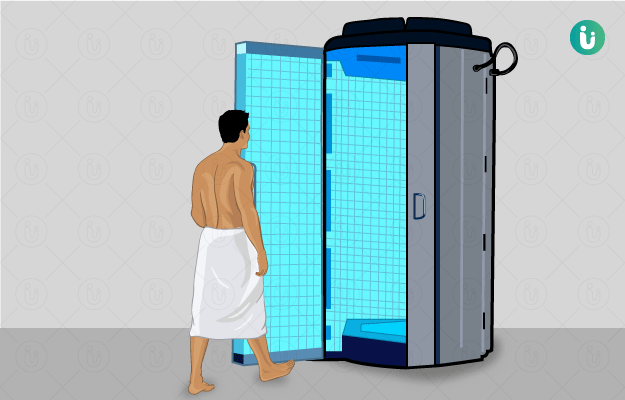Nebulizer is a machine that changes liquid medication into vapour form so it can be inhaled easily. The pressurised air of the nebulizer changes the liquid into a fine mist, which can then be breathed in through a mask or mouthpiece.
A nebulizer can either be electric or battery-powered. The four parts of a nebulizer are the motor, the mouthpiece or the face mask, the medicine cup or reservoir and the tubing.
To use a nebulizer, liquid medicine is poured into the cup which is attached to the motor with the help of the tube. Then the mouthpiece or face mask is attached to the cup. The mist comes to this face mask when the machine is turned on.
There are specific medications which can be delivered in a targeted manner to provide faster relief. A nebulizer is an easy and painless way of delivering medicine to a specific part of the breathing pathway.
Nebulizers can prove beneficial to prove relief in breathing conditions like asthma, chronic obstructive pulmonary disease (CoPD) and even cystic fibrosis.






































